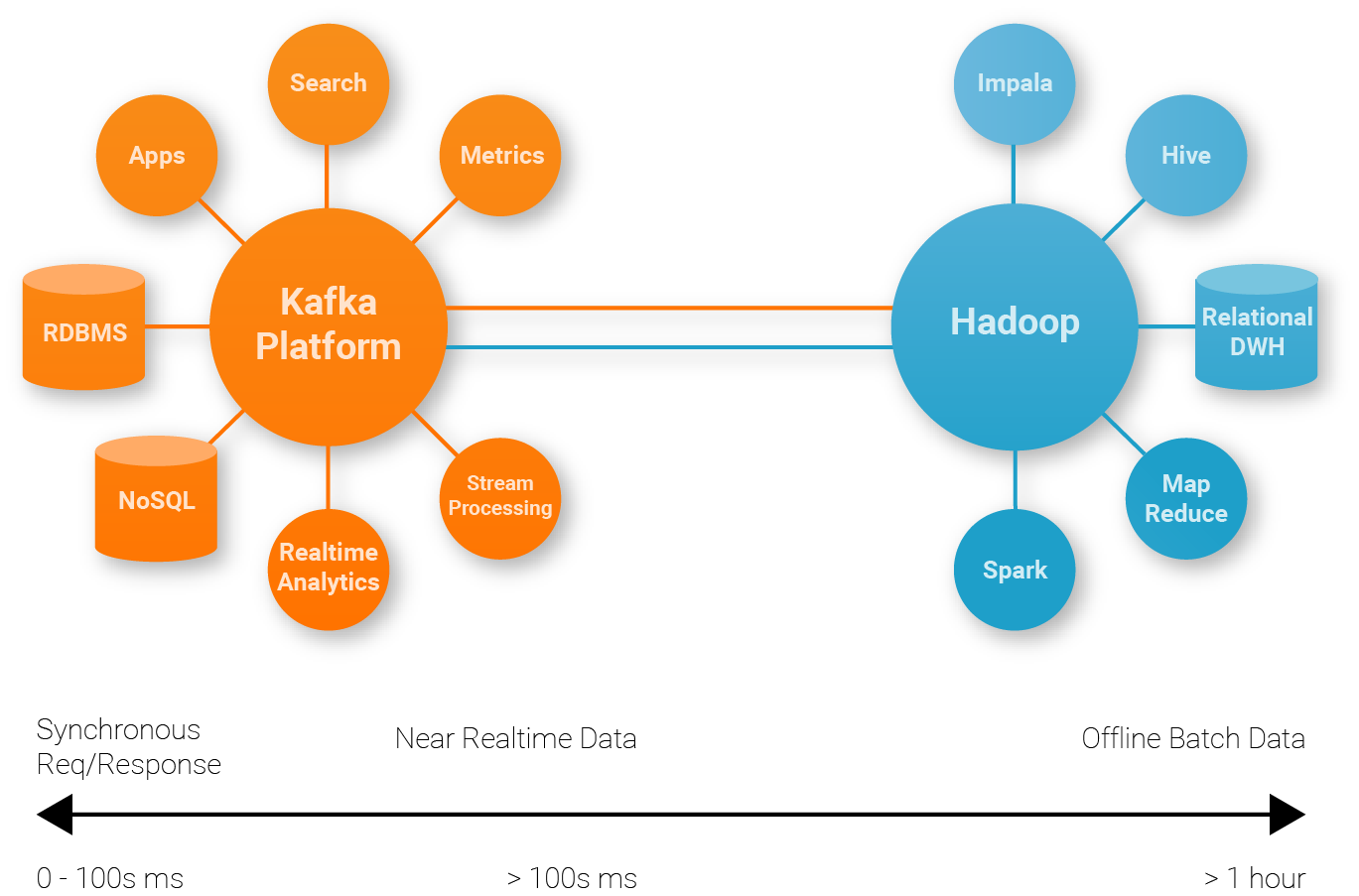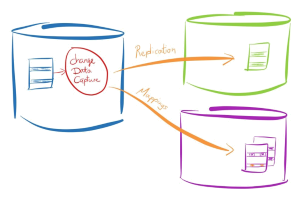Confluent is a streaming platform based on Apache Kafka. Apache Kafka is a distributed streaming platform which offers three key capabilities:
- It lets you publish and subscribe to streams of records. In this respect it is similar to a message queue or enterprise messaging system.
- It lets you store streams of records in a fault-tolerant way.
- It lets you process streams of records as they occur.
So Kafka is good for:
- Building real-time streaming data pipelines that reliably get data between systems or applications
- Building real-time streaming applications that transform or react to the streams of data
Now let’s get back to Confluent. Confluent offers Confluent Open Source and Enterprise editions. We may see Confluent a wrapper of Apache Kafka...
Read More

